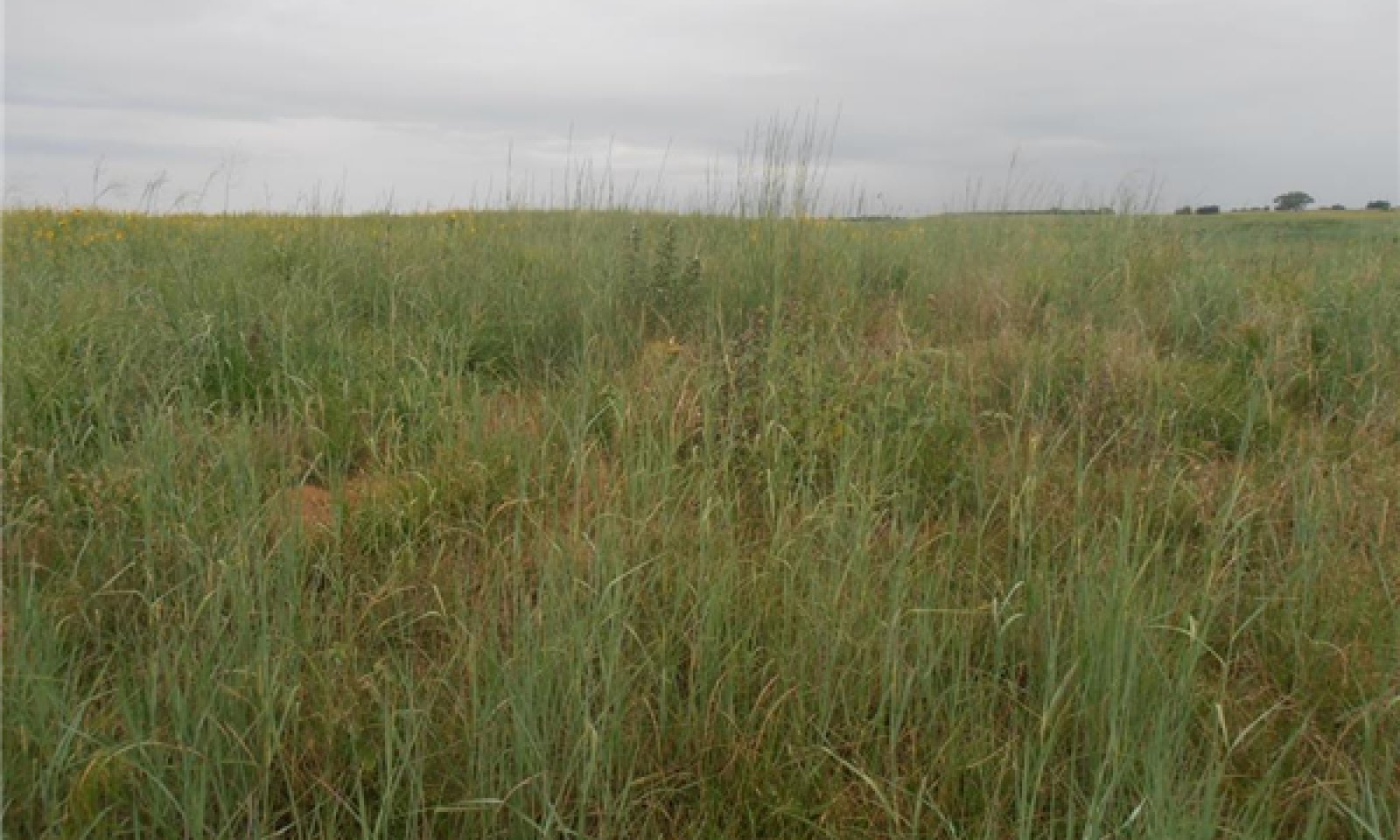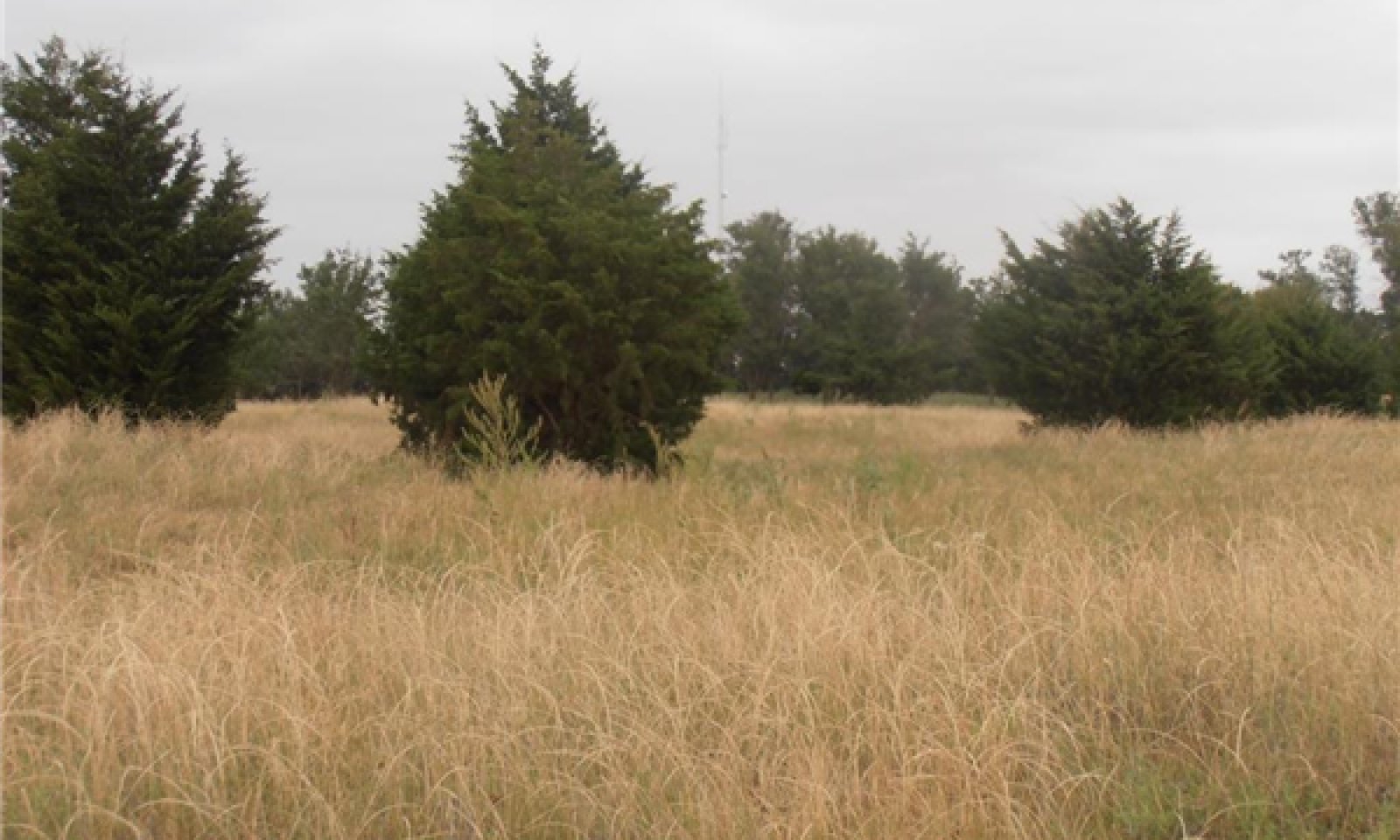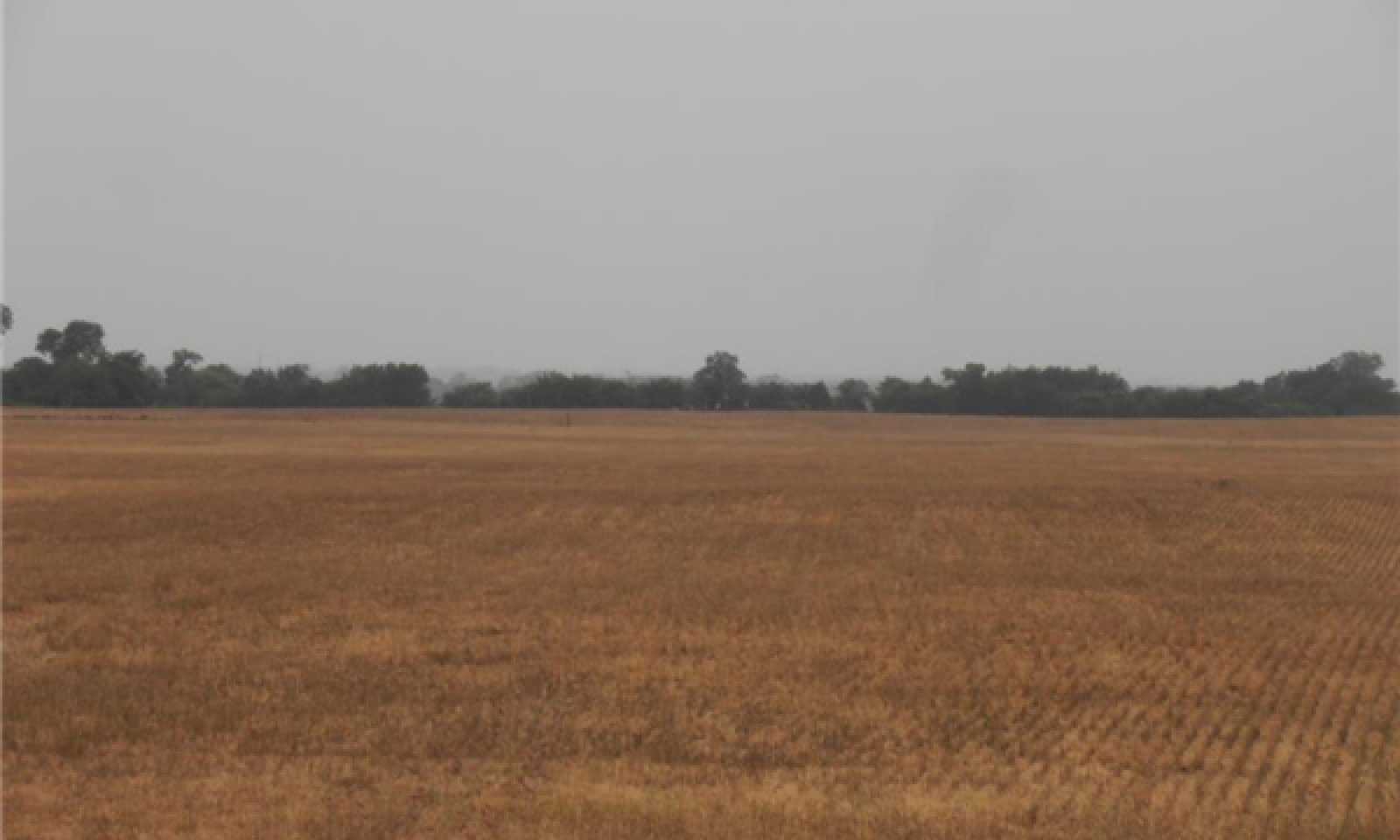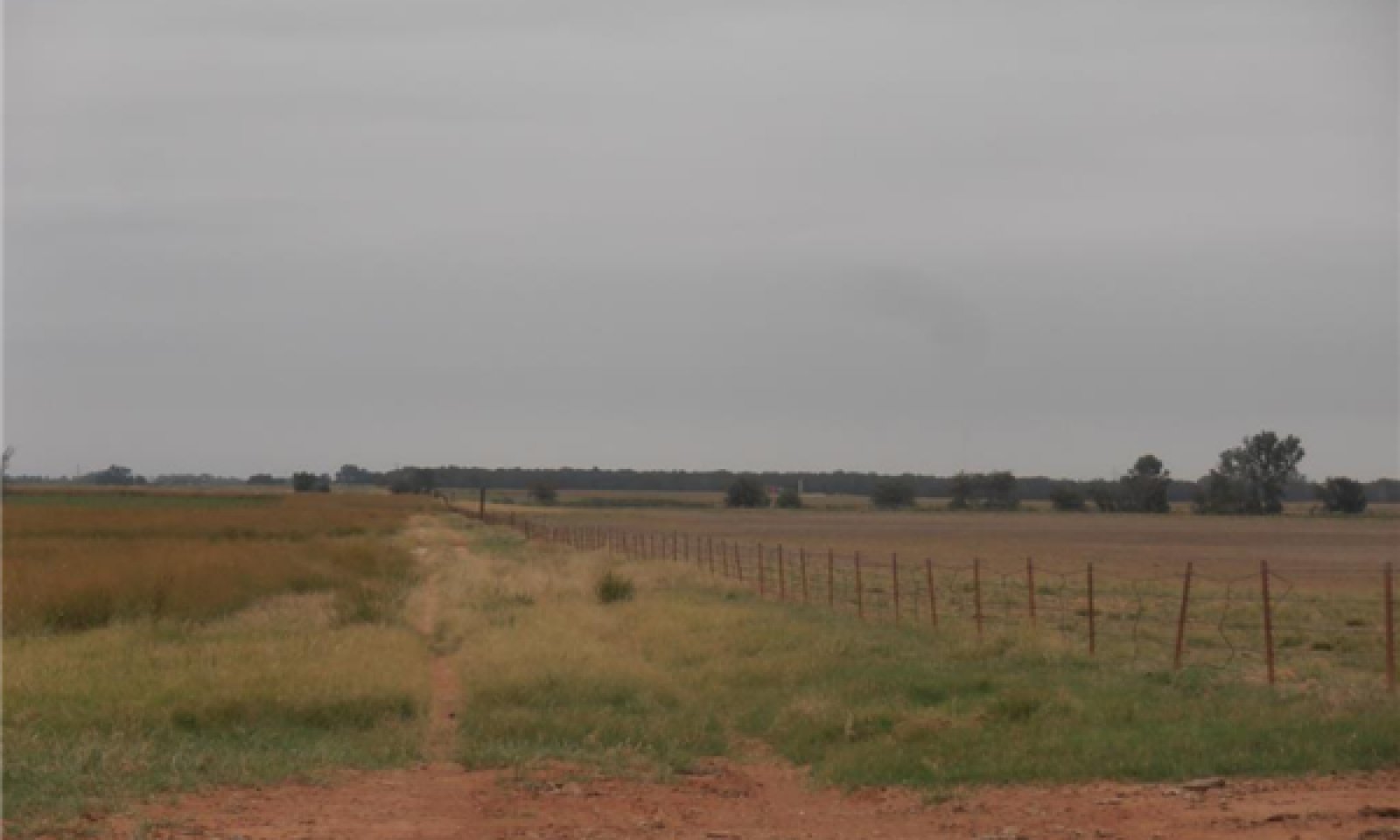
Deep Sand
Scenario model
Current ecosystem state
Select a state
Management practices/drivers
Select a transition or restoration pathway
- Transition T1B More details
- Transition T1A More details
- Restoration pathway R2A More details
- Transition T3A More details
-
No transition or restoration pathway between the selected states has been described
Target ecosystem state
Select a state
State 1
Grassland









Description
The plant communities within the Grassland state represent the historical variability of this site. This ecological state is dominated by fire tolerant, herbaceous plant species. The plant communities within this state have been exposed to periodic fires or an alternative form of brush control.
Submodel
State 2
Woody Invasion




Description
This state of the Deep Sand site has crossed a threshold. It is no longer a simple matter of implementing prescribed grazing and maintenance-type prescribed burning to move this plant community back towards the reference state. Once the community has eastern redcedar and other woody tree species establish, no amount of proper grazing will remove them. Grazing with cattle has little effect on the increase of woody plants: only fire or mechanical removal. The only exception is when browsers such as goats are used when these species are small to remove them from the rangeland.
Submodel
State 3
Cultivated



Description
Within this ecological state, the site has been cultivated and worked up for farming. The soil structure, soil health, hydrology, and plant community has been significantly altered.
Submodel
State 4
Re-Seeded



Description
This ecological state is the result of reseeding herbaceous plant species or abandonment following a period of cultivation. The plant communities within this state are highly variable in both species composition and production. Under carefully planned management strategies, this state may be restored to a plant community that appears similar to the reference state (1). However, the species composition, ecological function, and soil health may never be restored to reference conditions. Therefore, careful consideration should be taken when evaluating a site that may have been broken out for cultivation in the past.
Submodel
Mechanism
Without fire in the ecosystem, woody species may grow and reproduce unchecked. These species may be endemic (sand plum) or species introduced to the site by animals (eastern redcedar) or plantings (black locust/honey locust). These woody species have the ability to grow deep roots and locate resources within the soil that herbaceous species may not have access to. This gives them a competitive edge for resources and allows them to expand across the landscape. As this woody encroachment occurs, the site may transition to state 2 where the woody species begin to dominate the ecological functions of the plant community.
Mechanism
Some of these sites have been plowed for farming purposes over the last century. Once the site is cultivated, it transitions to an alternative state (3). The soils structure, organic matter, and biota have been altered and will no longer function the same as the soils in the reference state.
Mechanism
A carefully planned program will restore the Woody state to a close resemblance of the grassland state. Because the 2.2 community will be difficult to prescribed burn (but susceptible to wildfires) some brush management intervention will be needed. Brush management either mechanical, chemical or an integration of both, will allow sunlight energy and soil moisture to be used by tall grasses rather than invasive brush. Constructive grazing management will be required for this plant community to be restored to the grassland state (1). Unless the site has a history of being cropped, there will be sufficient grasses to recover but it may take several years. In some instances, the remaining native perennial seed stock may not be sufficient to repopulate the plant community. A field inventory along with monitoring will be needed to evaluate recovery.
Model keys
Briefcase
Add ecological sites and Major Land Resource Areas to your briefcase by clicking on the briefcase (![]() ) icon wherever it occurs. Drag and drop items to reorder. Cookies are used to store briefcase items between browsing sessions. Because of this, the number of items that can be added to your briefcase is limited, and briefcase items added on one device and browser cannot be accessed from another device or browser. Users who do not wish to place cookies on their devices should not use the briefcase tool. Briefcase cookies serve no other purpose than described here and are deleted whenever browsing history is cleared.
) icon wherever it occurs. Drag and drop items to reorder. Cookies are used to store briefcase items between browsing sessions. Because of this, the number of items that can be added to your briefcase is limited, and briefcase items added on one device and browser cannot be accessed from another device or browser. Users who do not wish to place cookies on their devices should not use the briefcase tool. Briefcase cookies serve no other purpose than described here and are deleted whenever browsing history is cleared.
Ecological sites
Major Land Resource Areas
The Ecosystem Dynamics Interpretive Tool is an information system framework developed by the USDA-ARS Jornada Experimental Range, USDA Natural Resources Conservation Service, and New Mexico State University.



